With two new iPhone models at two different screen sizes launching later this month, preordering the iPhone 6 may be the most difficult decision yet for Apple fans. AppleInsider is here to help with a breakdown of options before preorders begin on Friday, Sept. 12.
Deciding on a model
Before you can preorder, you have to decide which version of the iPhone 6 is right for you. For many, this may be the most difficult choice, considering both the iPhone 6 and iPhone 6 Plus feature a larger form factor than any iPhone before them.
To help simplify, AppleInsider reader Jeremy Anticouni made a PDF that when printed on standard-size 8.5-by-11-inch paper at 100 percent scale displays the footprint of Apple's iPhone 5s alongside the larger 4.7-inch iPhone 6 and the 5.5-inch iPhone 6 Plus. Some may be able to use this tool to decide whether the iPhone 6 is big enough for them, or if they need the extra real estate offered by the iPhone 6 Plus.
Beyond screen size, the iPhone 6 Plus is also the only model to sport optical image stabilization for the rear-facing camera. This hardware feature will result in better focus on pictures, compensating for any slight movements that may be made when the picture is snapped. The base iPhone 6 will feature software stabilized images, but this will presumably produce lesser results.
The larger screen size and hardware OIS give the iPhone 6 Plus a $100 premium over the iPhone 6. That means the jumbo-sized handset starts at an entry price of $299.
But other than screen size, form factor and OIS, the iPhone 6 and iPhone 6 Plus are identical. Both sport the same A8 processor, 8-megapixel iSight camera with focus pixels, Touch ID fingerprint sensor, and Reachability for easier-one handed use. Both also come in color options of silver, gold and space gray, and feature the same general design and appearance, including a new placement of the lock button on the upper right side of the handset.
Once you've settled on the iPhone 6 or the iPhone 6 Plus and a color, you'll need to choose capacity. Here, things are a little more tricky, as Apple did away with a 32-gigabyte option.
The entry 16-gigabyte model costs $199 for the iPhone 6 and $299 for the iPhone 6 Plus. This is a good option for anyone who doesn't capture many pictures, listen to too much music, or download a number of apps.
But it seems likely that most day-one adopters will take the value proposition and at the very least get a 64-gigabyte iPhone 6 or iPhone 6 Plus. Doing so quadruples the capacity of the device for just $100 more, priced at $299 for the iPhone 6 and $399 for the iPhone 6 Plus. Anyone who has downloaded an album or various apps to their iPhone should probably opt for more storage.
For those who need even more space than that, capacity can be doubled to 128 gigabytes for $399 on the iPhone 6, and $499 on the iPhone 6 Plus.
Of course, those prices are subsidized with a new two-year service contract. Depending on your carrier, that may not be an option. If you're buying unlocked and contract-free, the iPhone 6 carrier a $450 premium.
That means the 16-gigabyte iPhone 6 starts at $649, and prices go all the way up to $949 for an unlocked, contract-free 128-gigabyte iPhone 6 Plus.
Preorders begin Friday Sept. 12 at midnight Pacific
Now that you've selected a model, you can set your alarm to preorder on Friday, Sept. 12. Apple hasn't said when it will begin accepting preorders at its online store other than the date, which could suggest a 12:01 a.m. Pacific, 3:01 a.m. Eastern start time.
Customers can also preorder starting Friday through their carrier. In the U.S., AT&T and Verizon have indicated they will begin preorders at 12:01 a.m. Pacific, 3:01 a.m. Eastern.
Sprint is currently advertising that it will begin taking preorders at 2 a.m. Central Time, which is midnight Pacific and 3 a.m. Eastern — Â a minute earlier than the competition. T-Mobile hasn't given a specific time for when it will start taking preorders, but the carrier has said it will begin on Sept. 12.
The iPhone 6 and iPhone 6 Plus will also be available for preorder through authorized resellers, including Best Buy, Walmart, Target, Radio Shack, and Sam's Club.
Customers who can't preorder can also visit an Apple Retail Store beginning at 8 a.m. local time on the launch date, Sept. 19. Apple typically ensures it has a number of units available for walk-up purchases on launch day.
Launch-day units may also be available at authorized resellers, depending on availability, but in years past have been inconsistent.
And for those outside the U.S., the iPhone 6 and iPhone 6 Plus are also launching Sept. 19 in Canada, the U.K., France, Germany, Australia, Hong Kong, Singapore and Japan.
Apple has pledged to make the iPhone 6 available in 115 countries around the world before the end of 2014, making it the fastest roll-out ever of a new iPhone model.
Trade-ins, promotions & early upgrade programs
One last thing to consider are the various deals, trade-in offers and early upgrade programs available when buying the iPhone 6. For existing iPhone users who may not want to deal with selling their old model on eBay or Craigslist, services like Gazelle offer the ability to trade in for cash, while others like Amazon offer store credit.
AppleInsider partner Gazelle is currently offering up to $335 in cash on trade-in for for an old iPhone. Users can lock in the trade-in value on their unit and don't need to send it in until Oct. 10, a few weeks after the iPhone 6 and iPhone 6 Plus will hit store shelves.
And NextWorth is also offering readers a $20 cash bonus with the promo code INSIDER20. Trade-in values at NextWorth come with a 30-day window.
AppleInsider's Trade-in Guide list a number of other competing buyback services, along with current payouts from top-tier vendors.
Apple too offers trade-ins on older iPhone models online and at its own retail stores, where credit can be applied toward the purchase of a new iPhone 6. And U.S. carriers and retailers also run trade-in programs online and at select retail locations.
Generally speaking, trade-in services unsurprisingly pay less than a user might be able to obtain for a used iPhone when selling directly. But of course the services offer the convenience of not having to haggle or deal with bidding sites.
Finally, for those who regularly upgrade their smartphone, all four major U.S. carriers offer subscription programs that may be attractive for certain customers. These programs require that users pay a monthly fee, and trade in their previous smartphone when upgrading to a new model.
Sprint this week went one step further, announcing a new Apple-specific hardware rental plan called "iPhone for life" which allows consumers to pay a flat monthly fee and essentially lease their iPhone. The plan's terms require a $20-per-month rental fee for base iPhone models, with more expensive versions like the iPhone 6 Plus or increased capacity running extra. Renting instead of buying allows users to avoid paying sales tax on the cost of an unsubsidized handset.
 AppleInsider Staff
AppleInsider Staff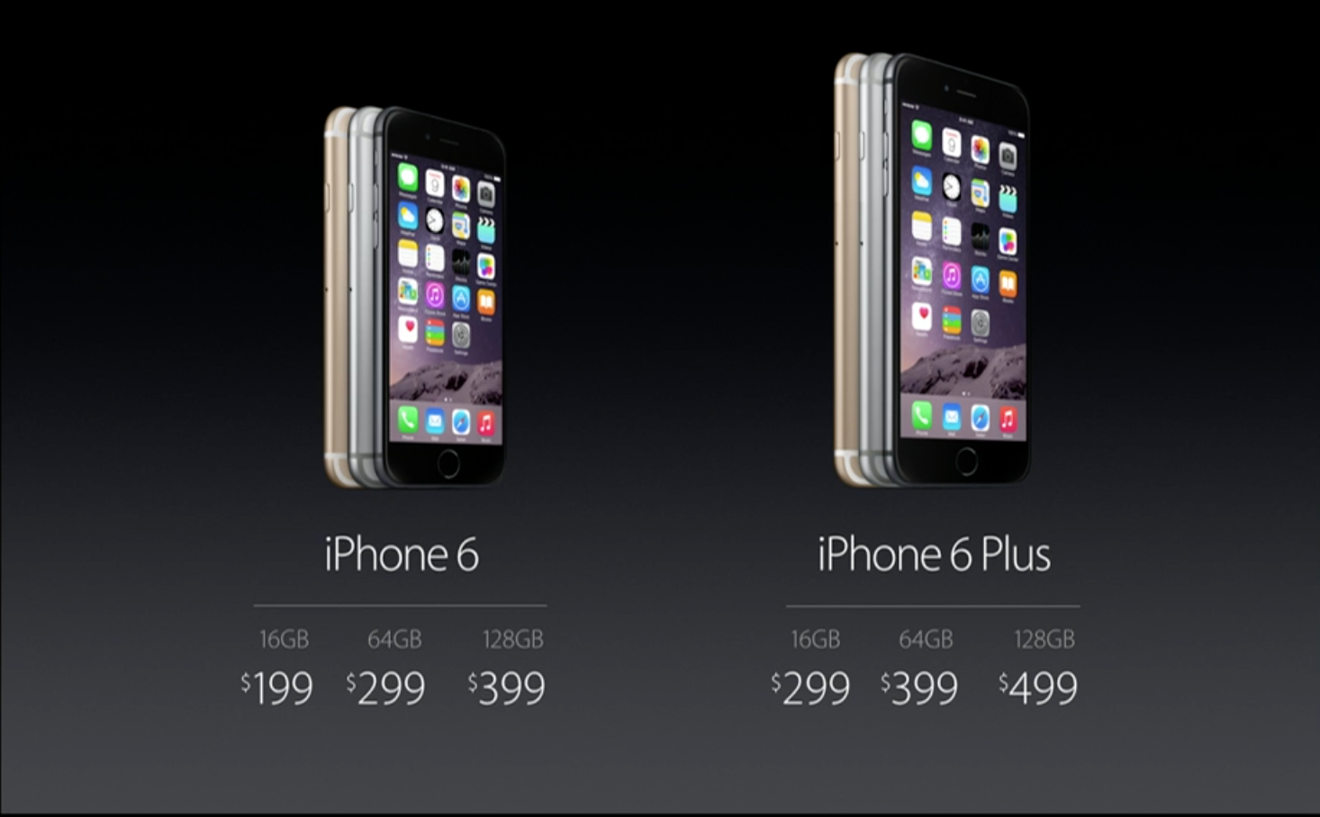
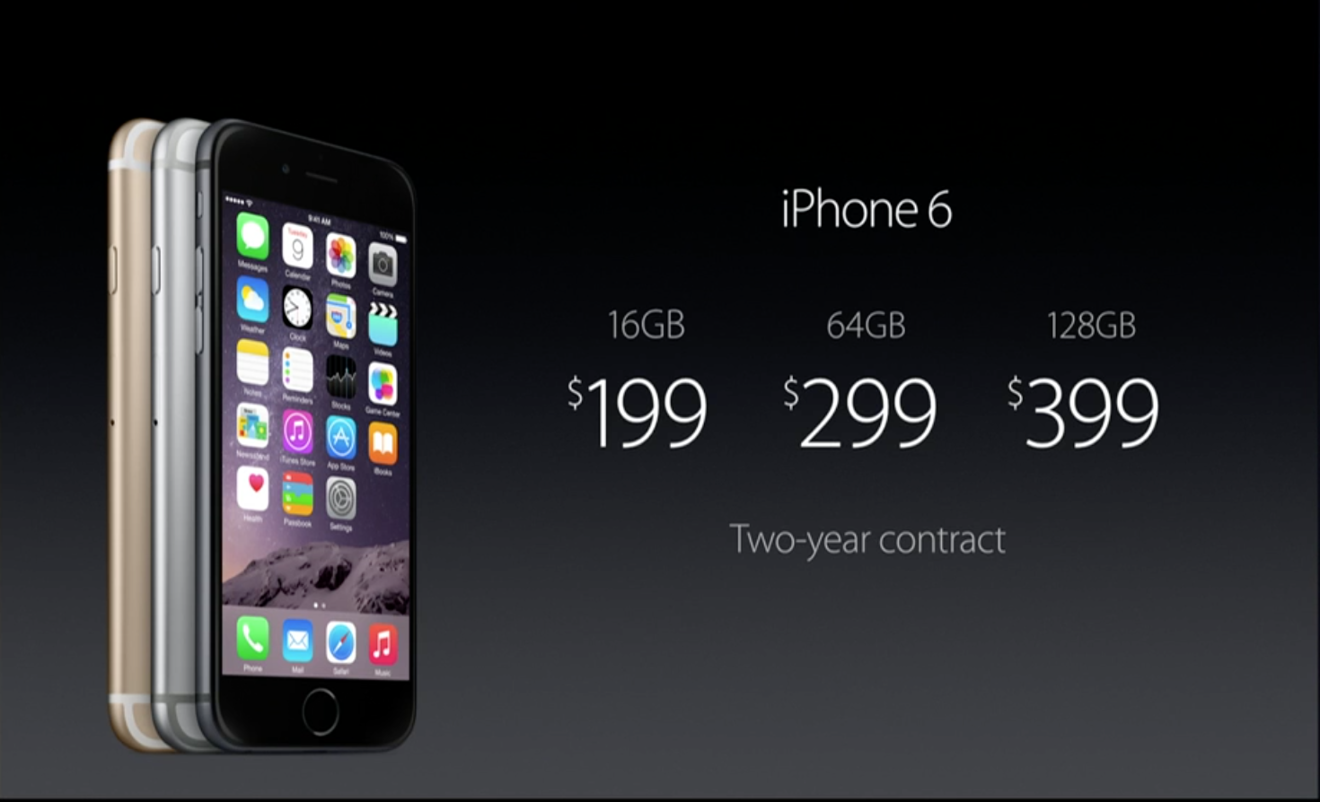
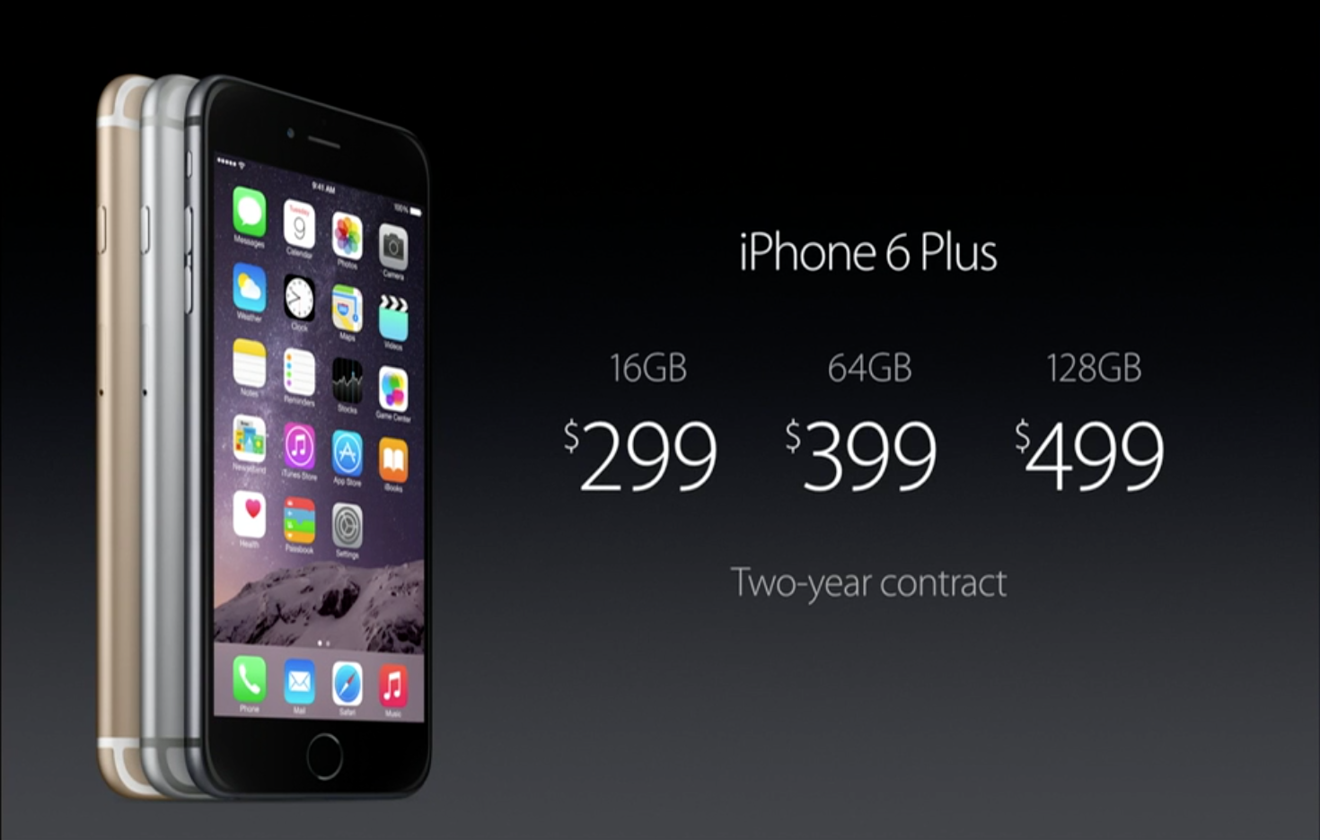
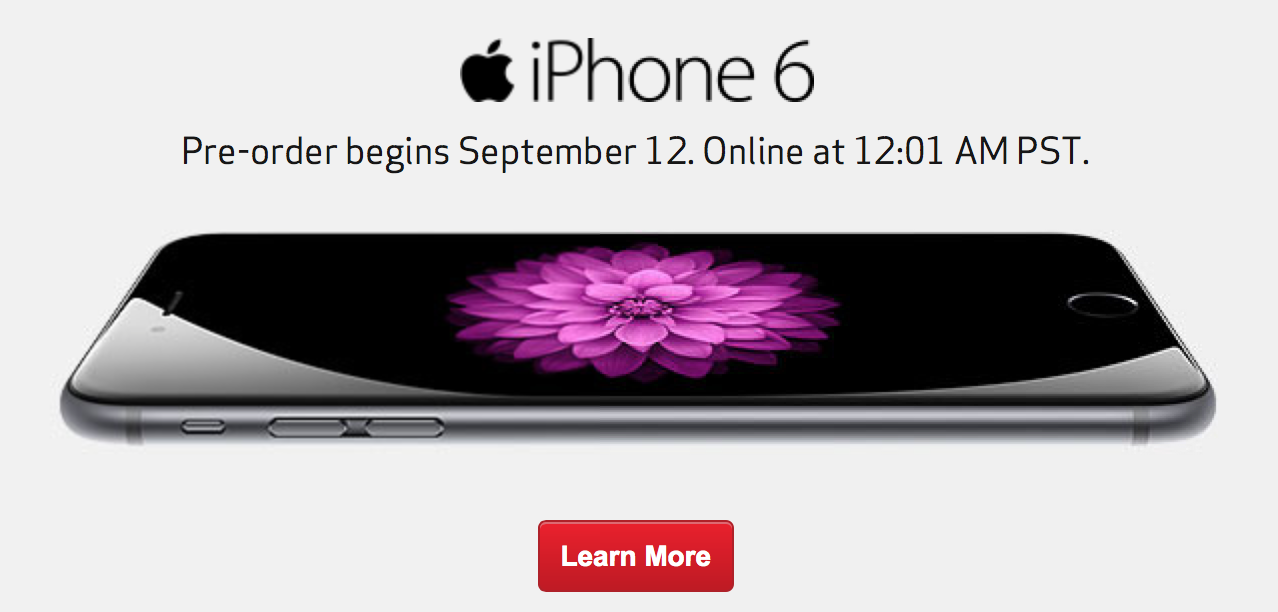

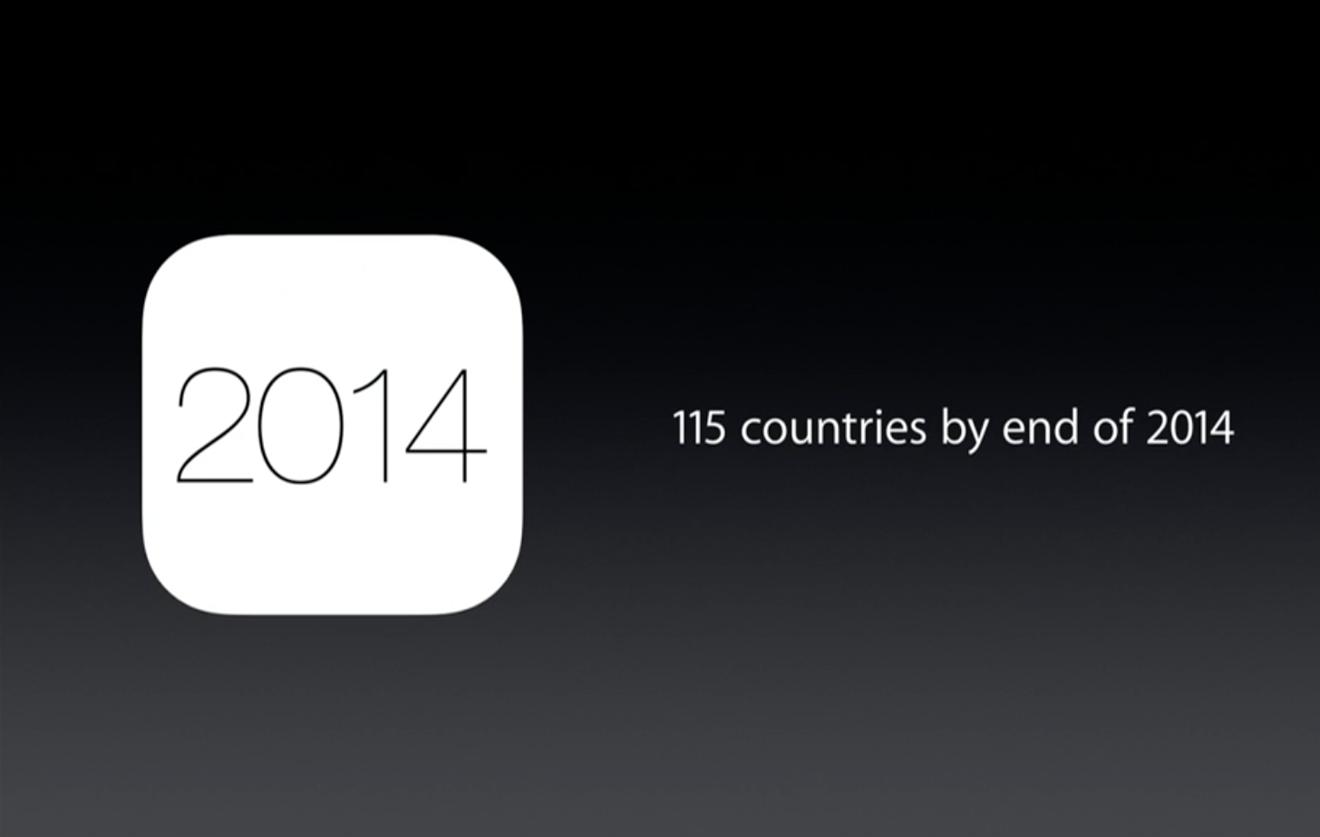
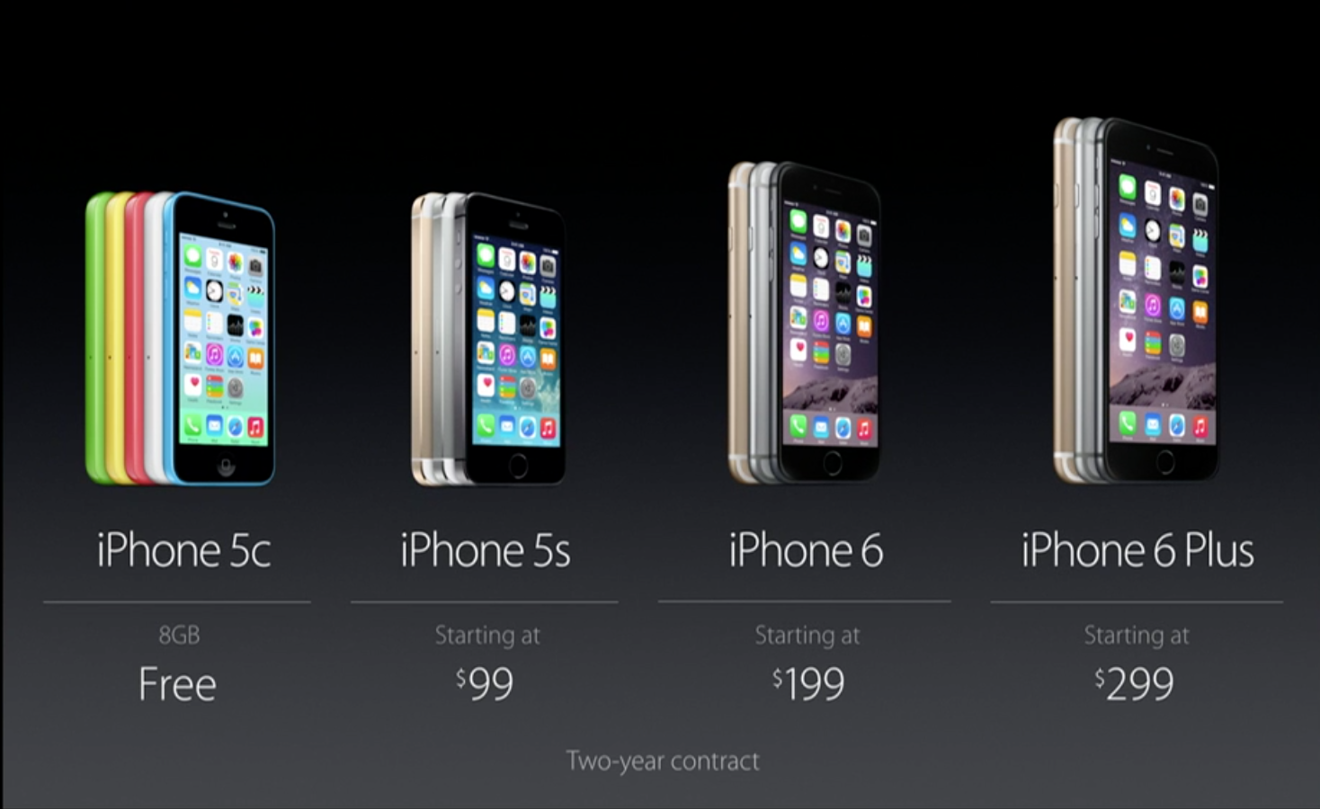







-m.jpg)






 Christine McKee
Christine McKee
 Malcolm Owen
Malcolm Owen
 Marko Zivkovic
Marko Zivkovic

 Andrew Orr
Andrew Orr
 Andrew O'Hara
Andrew O'Hara
 William Gallagher
William Gallagher



-m.jpg)



91 Comments
16Gb should have been 32Gb standard..
16Gb should have been 32Gb standard..
YES. 32 is the best start.
But, the gap between 16 and 64 pushes people to buy 64 GB.
Hopefully we get confirmation that apple is going live on there site at 12:01 on the 12th. I would hate to be up all night thinking is it time yet, but if carriers are doing 12:01 I don't see why apple wouldn't. It would have been nice to if you elaborated more on the apple trade in program. So 8 am launch day the 19th you bring your current phone, and hand it over? Does it need to be backed up or do they transfer everything in store? Do you need to bring the lightening cable and 5w power adapter? Is there a rough estimate of what credit will be applied to your order?
Besides optical image stabilization, there's also some pretty big differences in battery life. 24 hours of 3G talk time and 16 days of standby time on the iPhone 6 Plus versus 14 hours of 3G talk time and 10 days of standby time on the iPhone 6 is worth noting.
Well, this isn't -EVERYTHING- I need to know. I'd like to know whether Verizon's Edge plan can be signed up for at the Apple Store or if I have to actually go to a Verizon Store. If it's the latter, I'm worried that they may not have enough phones in stock. Plus, I'd like to know what kind of monthly bill I'd be on if we went with the Edge plan. I stopped by a Verizon store this morning, but they couldn't tell me because they said they don't know final pricing.